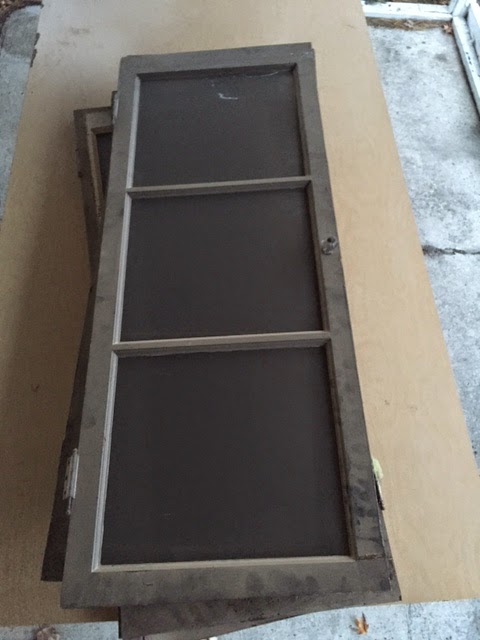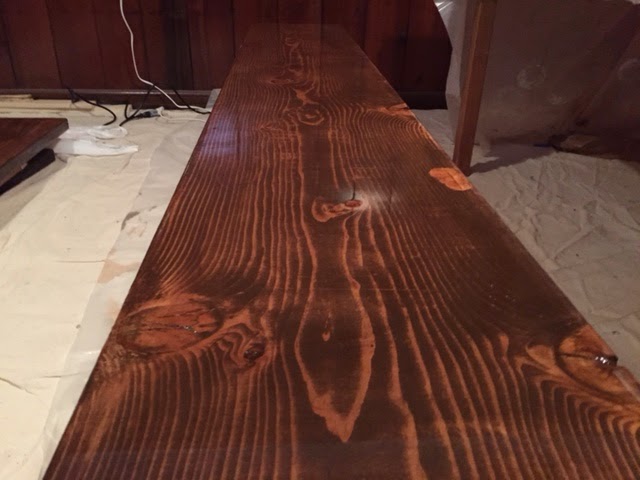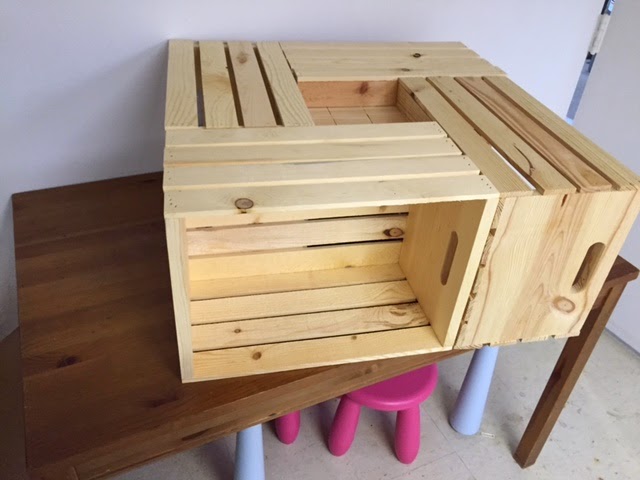A kitchen faucet isn't exactly number one on my priority list for things to do. I don't spend a lot of time thinking about it unless it attempts to flood my kitchen; however, Judy wanted to change that sucker since day one. She fell in love with a Hansgrohe faucet from Costco. With a $259 price tag, we knew the faucet wouldn't be a reality for some time. But, just a few weeks ago, I received a Costco circular via email and saw that it was on sale for $179. I secretly snagged one and surprised Judy with it.
I figured that some folks might have hesitation about installing a faucet and I decided to write about the process to help shed some light.
 |
| Original Faucet |
 |
| Hansgrohe Cento |
Faucet
Towel/Rags
Tools
Screw Driver
Adjustable Wrench
Flashlight
Step 1: Prep the Work Area
Take all the cleaning supplies and whatnot from under the sink out. Lay down a towel to catch any water that might drip out of the pipes. Turn the hot and cold water supply off. Next, turn on the faucet to release any water that might remain. If a sprayer is present, turn that off as well.
Step 2: Remove Existing Faucet
This step will vary depending on the style of faucet.
 |
| Cold Supply |
 |
| Hot Supply |
Depending on the faucet that will be removed, there will be various mounting systems. Some require a phillips head screw driver, some a basin wrench, and others an adjustable wrench. When I removed mine, I thought I needed to use a socket wrench (don't ask). In the picture, I pointed out with a blue arrow what I thought needed to be unscrewed with a socket wrench. I eventually found out that the piece I point to with a red arrow needs to be removed (duh!).
I also made the mistake of removing the handle first. I unscrewed the top of the faucet using a phillips head screw driver. That turned out to be unnecessary because once I removed the mount, the entire thing was easy to pull out. I just needed to bend the copper pipes to get them out of the narrow countertop hole.
Step 3: Faucet Placement
If the previous faucet had separate knobs for hot and cold water, there should be three holes in the countertop. If this is the case, use the provided insert. If not, simply install without the insert.
 |
| Mount, washer, and seal |
 |
| Threading on faucet |
 |
| Mount Attachment |
 |
| Mount (make sure gray part is parallel with sink) |
Step 3: Attach Supply lines
 |
| 1/2" to 1/4" reducer |
Use adjustable wrenches to attach the hot and cold supply lines. The sprayer can be attached to the water line with the provided hose. Simply snap the pieces together. Also, place the counter weight on the sprayer line. A problem I ran into is that the previous owner, for some reason, decided to attach a 1/2" valve to his cold line and 1/4" valve to his hot line. I had to run to the store to buy a reducer in order to finish attaching the lines. Attach the sprayer to the faucet.
Step 4: Finish
Turn the supply lines on slowly and check for leaks. I had a leak from the cold line. I must have accidentally loosened the valve when I attached the reducer. Look very closely and carefully to ensure that there are no leaks present. If there are, turn off the leaking supply and tighten everything. Here's the finished product.
Also, here's a video of Judy's reaction...
If I were going to make this bench again...
- Use a piece of plywood or a wood board to lay on while under the sink. I did not do this an had the bottom part of the cabinet digging into my back the whole time. I used a towel eventually, but I think a piece of plywood would be better suited for this.
- Check the size of the valves before assembling. I didn't do this and had to run to the store to pick up that reducer.
Thanks again for reading. I hope some folks find this helpful. Also, please subscribe and share. Here's a sneak peek at next week's post...
































